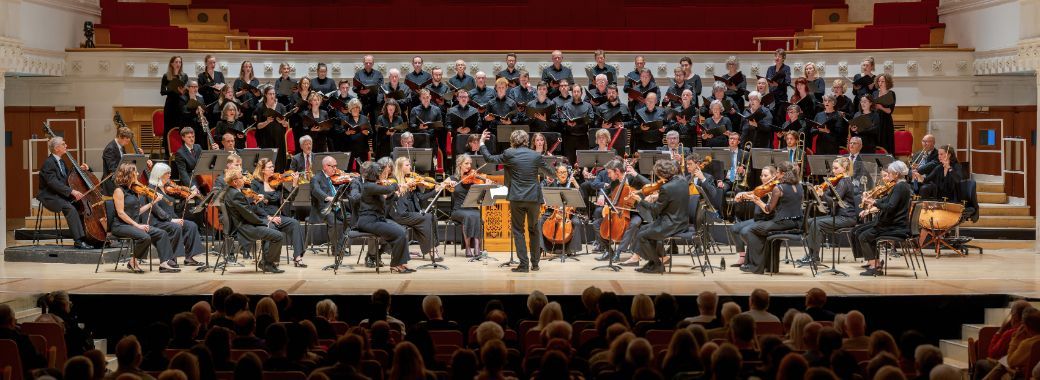Last week, Usher Hall was almost full for the opening of the Scottish Chamber Orchestra’s 2025-26 season. This week dispiriting rows of empty seats faced the musicians of the SCO and Chorus. What was the major difference between the two weeks? Probably Francis Poulenc. His music is still a hard sell at Scottish box offices and having not one but two works by him on a programme probably persuaded people to stay at home.
That’s a pity, because the people who did turn up were treated to witty, ever-changing performances of two of the composer’s most accessible works. The Sinfonietta sounded lithe, energetic and bouncy in a reading that played up the work’s dance-like elements. The opening bounded along winningly, leading to a flickering Scherzo and a finale that had a puppy-like skittishness to it. Yet the playing of the orchestra was silky and beguiling in surprising places, like at the lyrical close of the first movement or the woodwinds at the start of the third.
The orchestra was laid out as antiphonally as possible, with a pair of double basses on either side of the stage, trumpets on the right facing horns on the left. That meant that when the flashes of jazz-like material appeared, they spat across the soundscape with persuasive edge. Part of me can’t shake the feeling that there isn’t that much to this piece; just Poulenc kidding around and playing at being a symphonist, something the title might confirm. This performance managed to persuade a sceptic like me, though, with such prinked orchestral sound and, in Maxim Emelyanychev, a conductor who understood how to make all the pieces fit.

That orchestral layout also benefited the sound in Poulenc’s Gloria. Not only was there significantly more heft than in the Sinfonietta, but the angular writing of, say, the Laudamus te sounded crisply articulated, and there was a Christmassy sense of glitter to the violins in the Domini Fili, before the murky instrumental darkness of the Domine Deus. Soprano soloist Anna Dennis sang with rich, sumptuous beauty, bringing a surprising strand of vocal sexiness to a text not readily associated with sensual pleasures. The chorus, too, sang their lines with admirable clarity and impressive precision, the tenors acquitting themselves commendably at the punishing opening of the Qui sedes.
A smaller chorus, spread out in a straight line, made for a thinner sound in Vivaldi’s much more popular Gloria, but they sang with energetic focus, with marvellous fugal structure in the concluding Cum Sancto Spiritu. The equally slimline orchestra bristled with 18th-century technique, which didn’t stand in the way of a drop-dead-gorgeous oboe solo from José Masmano Villar, duetting with Dennis in the Domine Deus. Emelyanychev was in his element steering the ship from the harpsichord. Unfortunately I was much less struck with countertenor Alberto Miguélez Rouco, his thin voice lacking focus. Third soprano Rachel Redmond, who made a big impression by singing for only moments in one movement, could probably have done a more satisfying job.


